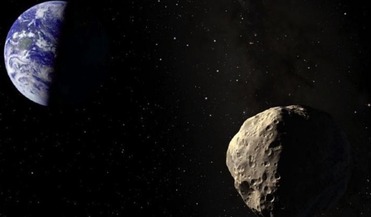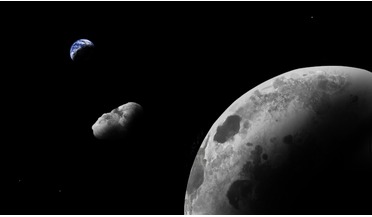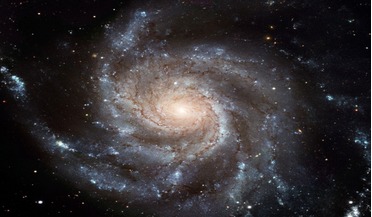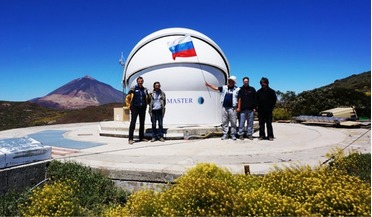 17 April 2017
April 19th to be an exciting day for stargazers as an asteroid and a comet pass close to Earth
17 April 2017
April 19th to be an exciting day for stargazers as an asteroid and a comet pass close to Earth
... or two nights. 2014-JO25 won't be the only visitor in our part of the Solar System on 19 April, as the PanSTARRS non-periodic comet will also by flying by that day at a distance of 175 million kilometres. Also known as the...
 12 November 2021
Near-Earth asteroid might be a piece of the Moon
12 November 2021
Near-Earth asteroid might be a piece of the Moon
... of astronomers led by the University of Arizona. Known as Kamo`oalewa, this sizeable space-rock was discovered by the PanSTARRS telescope in Hawaii in 2016 and was aptly named from a word found in a Hawaiian creation chant that alludes...
 03 June 2020
New study challenges the assumption that the Universe doesn't spin
03 June 2020
New study challenges the assumption that the Universe doesn't spin
It seems the Universe is in a spin and has been since the beginning – a finding that goes against the current theory of how our cosmos formed. Earth is spinning, so are our neighbouring planets, in fact if you look around space, you'll see that a ...
 February 2017
Global robotic network for monitoring near-Earth and outer space
February 2017
Global robotic network for monitoring near-Earth and outer space
At the beginning of the 21st century it became obvious that using small-diameter (up to one metre) robotic telescopes in astronomy allowed for breakthroughs in observing non-stationary and short-lived events in the Universe. With the help of robotic...